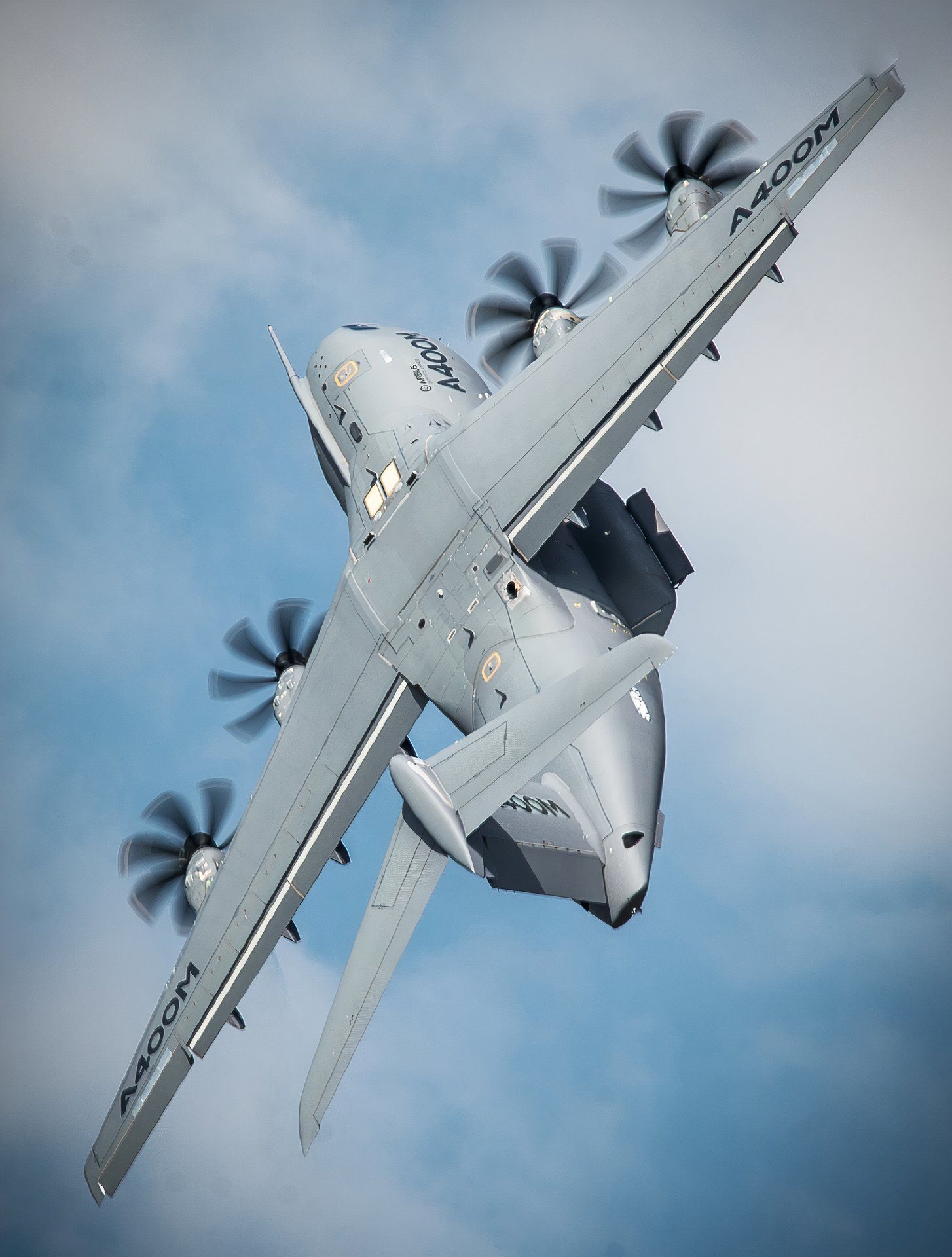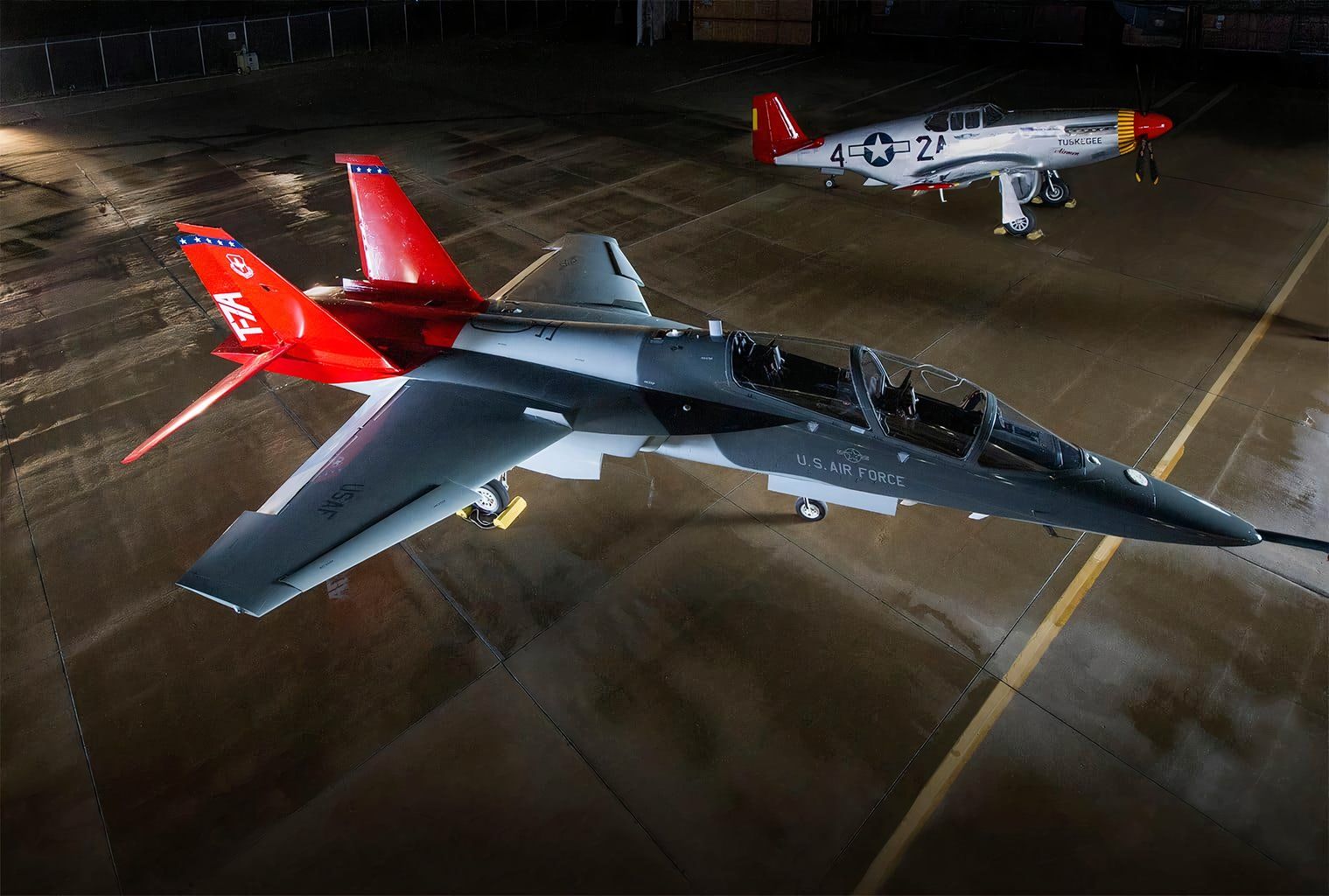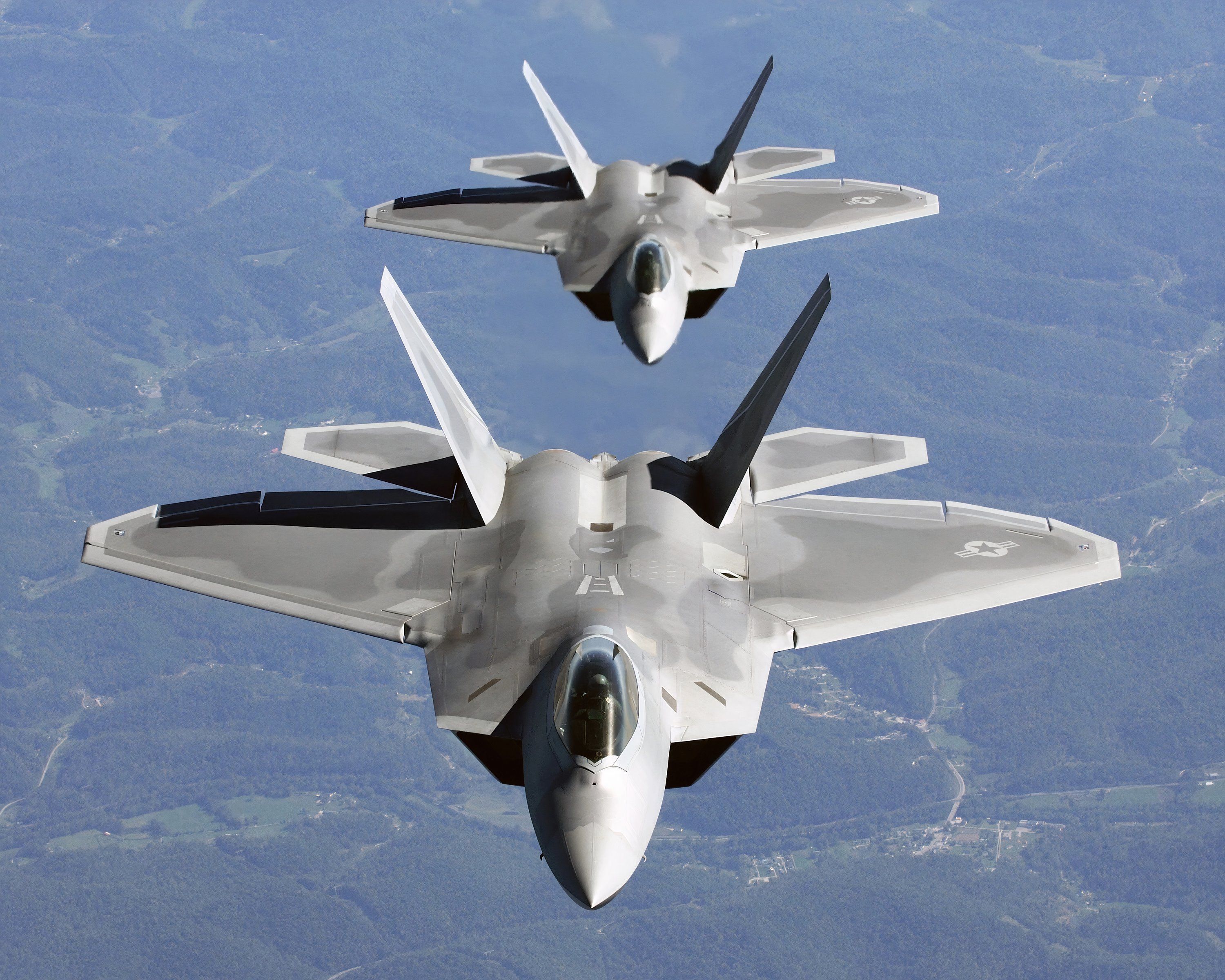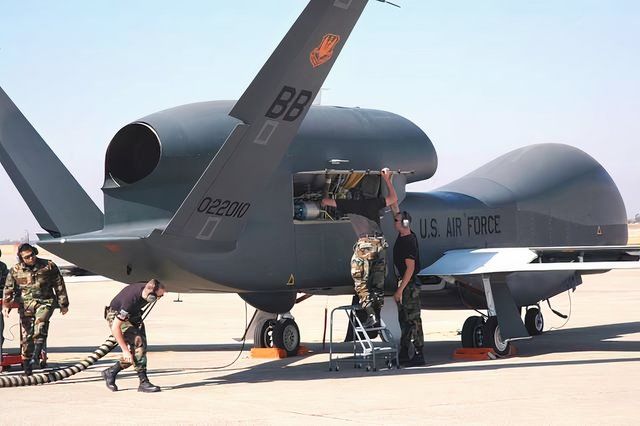Military communication is intense and complicated, which drives the development of new technology for remote systems like satellites and computers. Most countries focus on reducing the risk of war caused by misunderstandings or insufficient communication. Computers have prevented wars by transforming military communications and gathering intelligence.
Military aircraft utilize different communication systems, like specific radio frequencies. During deployment, military pilots communicate using hand signals, word call signs, and short alphanumeric combinations. They don’t constantly chat like they do in movies unless it’s a long cruise flight. Slang phrases are also used by military pilots to facilitate communication.
Symbols for missions and environment
All aircraft within the Department of Defense are given specific designations in order to comply with regulations from the joint Army-Navy-Air Force. Each aircraft or missile system is designated with a single letter indicating its primary function or capability, such as “B” for bomber and “F” for fighter.
One or more prefixes indicate modified mission and status for aircraft or mission and missile launch environment. For instance, the additional prefix “L” gives the launch environment silo-launched. The following table shows some examples of the symbols.
|
Letter |
Aircraft title |
Description |
Missiles Environment |
Description |
|---|---|---|---|---|
|
A |
Attack |
Aircraft designed to search out, attack, and destroy enemy land or sea targets. |
Air |
Vehicles air-launched. |
|
B |
Bomber |
Aircraft designed for bombing targets. |
Multiple |
Vehicles capable of being launched from more than one environment. |
|
C |
Cargo/Transport |
Aircraft designed for carrying cargo or passengers. |
Coffin |
Vehicles stored horizontally in a protective enclosure |
|
F |
Fighter |
Aircraft designed to intercept and destroy other aircraft and/or missiles. |
Individual |
Vehicles carried and launched by one individual. |
|
H |
Helicopter |
Rotary-wing aircraft designed with the capability of flight in any plane. |
Silo-Stored |
Vehicles vertically stored below ground level and launched from the ground. |
The silo-launch refers to the moment the missile is launched, but silo-stored reflects the missile, which is stored in standard before being fired.
Photo: NASA | rawpixel.com
The secret language of the skies
Military aircraft require flexible and encrypted radio systems to communicate with various partners using different frequency ranges during missions. These systems include ultra-high-frequency (UHF) and very-high-frequency (VHF) combat networks, civil and military air traffic control, and military airborne radio communications.
Photo: Reynolds | The US National Archives
Data connection systems like Link 16 allow real-time data exchange between platforms. Combat Net Radio (CNR), Mission Command Systems, and Satellite Communications (SATCOM) are all examples of tactical data systems that provide situational awareness and real-time updates.
Military communication encompasses various armed forces conveying information methods, including text, audio, tactical ground-based communications, naval signaling, microwave, tropospheric scatter, and satellite systems. Military communications technology has gained prominence in encrypting and decoding transmissions adaptable to extreme conditions.
C4I, or Command, Control, Communications, Computers, and Intelligence, is a system that aids military commanders in controlling their forces and providing real-time information. C4I enhances intelligence gathering, analysis, and surveillance, giving valuable insights into enemy activities and enabling the military to monitor and gather information from various sources.
US Military Signal Lines
The US urged the development of communications networks to meet their mission-specific requirements. After World War II, it was concluded that the delayed processing speed was responsible for the precedence of messages. Military communications span from prehistory to the present, with the earliest communications being delivered by runners. Modern units specializing in these tactics are usually designated as signal corps.
The National Security Act of 1947 recognized the need for a centralized command structure, creating the Joint Chiefs of Staff JCS and the Defense Communications Agency DCA. The JCS adopted a concept for a joint military communications network, ultimately leading to the formation of the DCA. In June 1991, the DCA became the Defense Information Systems Agency DISA.
William D. Irvin, former Navy Rear Admiral, became the first DCA director in July 1960.
In 2022, Starlink
has aided Ukraine’s military efforts by utilizing public satellite telecommunication as a tactical network and communication backup. It provides timely intelligence on Russian troop movements, delivers Ukrainian military communications networks, and helps obstruct internet connectivity, especially in areas with damaged or destroyed communication infrastructure.
Russia uses electromagnetic warfare to target Ukrainian air defenses and radio communications. However, Ukraine shifted to historical methods, including runners, dispatch drivers, and a tactical hardwired network.
The USAF Communication Network
The Air Force aims to harmonize all communication systems among military aircraft, both by voice and machine-to-machine, without an enemy listening in or figuring out their location. The US Air Force uses a comprehensive communication strategy for secure information exchange. It has a detailed planning guide for internal and external communication, prioritizing activities for mission objectives to develop appropriate tactics.
Aerial Intelligence and Surveillance (ISR) is crucial for mission commanders to locate targets in real-time. Military aircraft equipped with sensors and ISR payloads provide enhanced situational awareness. Advanced technologies like AI and manned-unmanned teaming concepts enhance mission capabilities. The Air Force communication systems and navigational products include:
|
№ |
Air Force communication systems |
№ |
Air Force communication systems |
|---|---|---|---|
|
1 |
Avionics communications and navigation systems |
6 |
Sensors and radars |
|
2 |
Electro-optical/infrared (EO/IR) |
7 |
Wireless radios and tactical radios |
|
3 |
Unmanned aerial vehicles (UAVs) |
8 |
Signals intelligence (SIGINT) systems |
|
4 |
High-frequency (HF) and very high-frequency (VHF) |
9 |
Digital cameras |
|
5 |
Electronic warfare components |
10 |
Identification, friend or foe (IFF) |
Fighter pilots only communicate over the radio unless using an encrypted network because talking can let the enemy know where they are. Skilled pilots learn a lot about communicating well with other teams. They anticipate possible communication problems and handle them well inside and outside the aircraft.
The air defense industry provides detailed information on manufacturers, suppliers, and products. Military aircraft can be equipped with navigational equipment, radars, and sensors for intelligence data. Airforce Technology lists leading suppliers of communications, navigation, and identification systems for Air Force platforms and assets.
SOVERON Airborne Family and F-16 Block 70/72, T-7A
SOVERON Radios offers integrated, high-performance, scalable, trusted communications solutions that enable customers’ digital sovereignty and independence from manufacturers. Launched in 2003, it is an advanced, proven, and certified airlift that combines 21st-century technologies for armed forces and humanitarian organizations.
Rohde & Schwarz is the communications supplier for all Airbus A400M aircraft with its software-defined radios SDR of the SOVERON family of airborne transceivers. The SOVERON airborne radio family was designed for secure transmission of voice and data communications to prevent eavesdropping and circumvent jamming at extreme altitudes and temperatures to allow secure communications up to NATO
secret.
Rohde & Schwarz has been chosen as the preferred supplier of airborne radio communications for the Lockheed Martin
F-16 Block 70/72 aircraft, the latest and most advanced F-16 production configuration, designed to interoperate with fifth-generation fighters better.
Almost 8,500 SDRs from the SOVERON® airborne transceiver family are used worldwide on over 70 different airborne platforms. Boeing has signed a framework agreement with Rohde & Schwarz to standardize the R&S®MR6000R VHF/UHF airborne transceiver for the T-7A Red Hawk advanced trainer aircraft.
Boeing Showcases Advanced Mission Planning for Combat
Boeing has introduced its Decentralized Collaborative Planner (DCP) software service at the US Air Force Emerald Flag exercise. The software helps operators make faster decisions based on available data, preventing information overload. It integrates onto a flying testbed aircraft and can dynamically assign tasks and generate new mission plans.
The software uses Artificial Intelligence services to process real-time information and coordinate forces’ sensors to achieve mission objectives. Boeing seeks opportunities to work with industry partners to integrate hardware and software for multi-domain solutions for the Department of Defense’s evolving mission priorities.
L3Harris moves forward on satellite
The USAF is establishing an industry depot to support the Lockheed C-5 Galaxy fleet, despite challenges in maintaining its organic depot capacity. C5 Integrated Systems will help the US Air Force develop lightweight communications terminals for military aircraft using commercial space internet satellites.
The small and lightweight satellite communications SATCOM systems will provide resilient and reliable communications using commercial internet satellites that operate in low, medium, and geostationary Earth orbits. The project aims to find new ways of quickly distributing information among land, sea, and air forces to support high-speed decision-making.
F-22 Raptor
Data Links for advanced combat readiness
In the near term, the Air Force has multiple small-scale experimentation campaigns to reduce risk by enhancing current data links. The first stage of this effort focuses on the F-22’s ability to transmit on Link 16, which is crucial for other aircraft in the fight.
“The ability for the F-22 to transmit its most advanced sensor will permit it to share high-fidelity data of air and surface tracks, which in turn will significantly increase the combat capability of every asset that is Link-16 capable.” The Former Air National Guard Director Lt. Gen. L. Scott Rice
The Air Force has released a request for information from the industry, calling for systems that could be a “gateway” between fourth and
fifth-generation
aircraft.
Boeing’s secretive Phantom Works division is testing a program allowing the F-22 to communicate securely with its fourth-generation air superiority counterpart, the F-15C Eagle. Northrop Grumman
has pitched a different way to help F-22s and F-35
s securely talk in flight by adding another aircraft—Northrop suggests its own RQ-4 Global Hawk—to fly in the area with its “Freedom 550” radio.
Military aircraft are outfitted with sensors and ISR payloads to improve situational awareness. Advanced technologies such as artificial intelligence and manned-unmanned teaming concepts improve the mission capabilities of a country’s unified military forces on the battlefield.

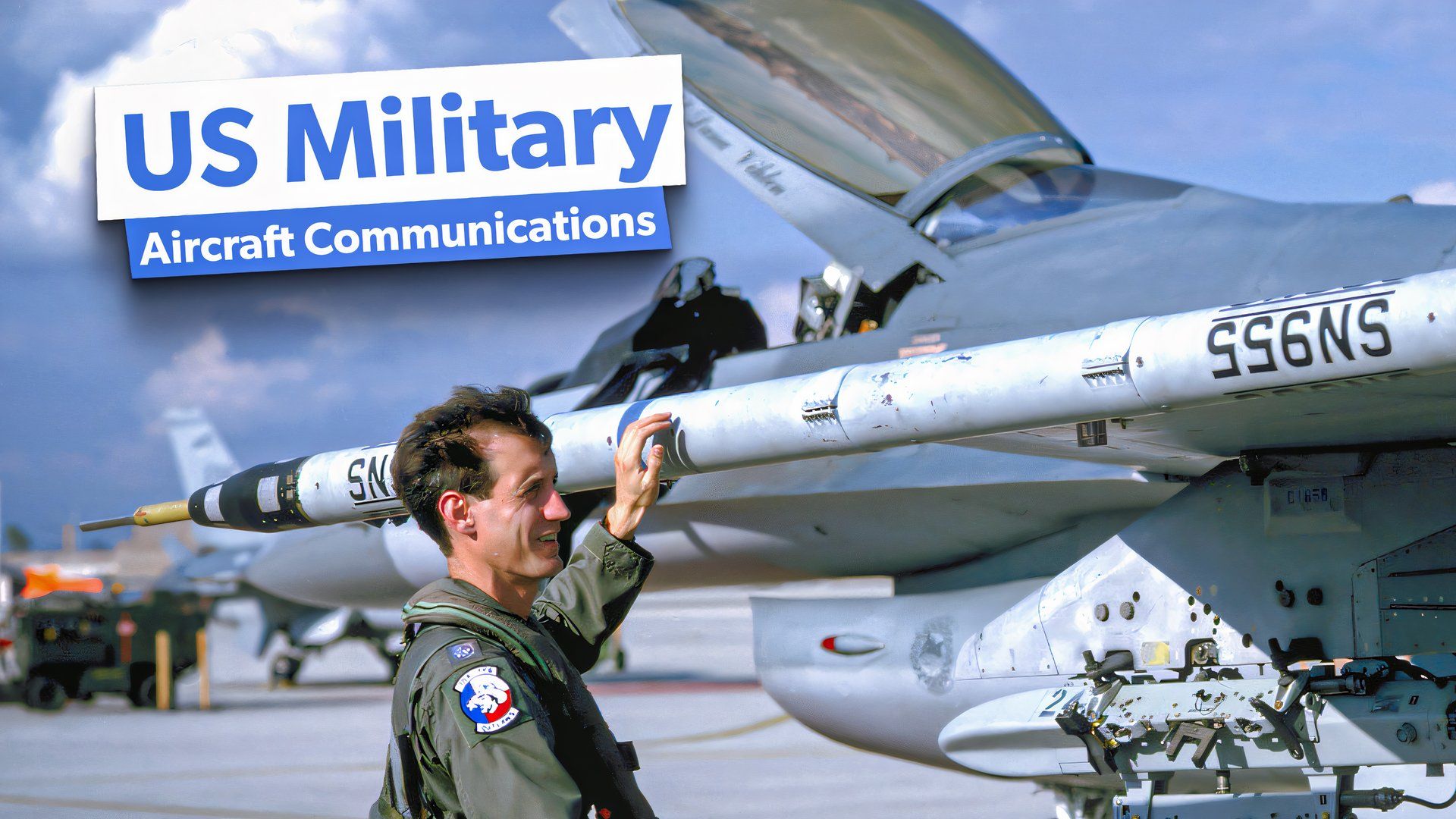
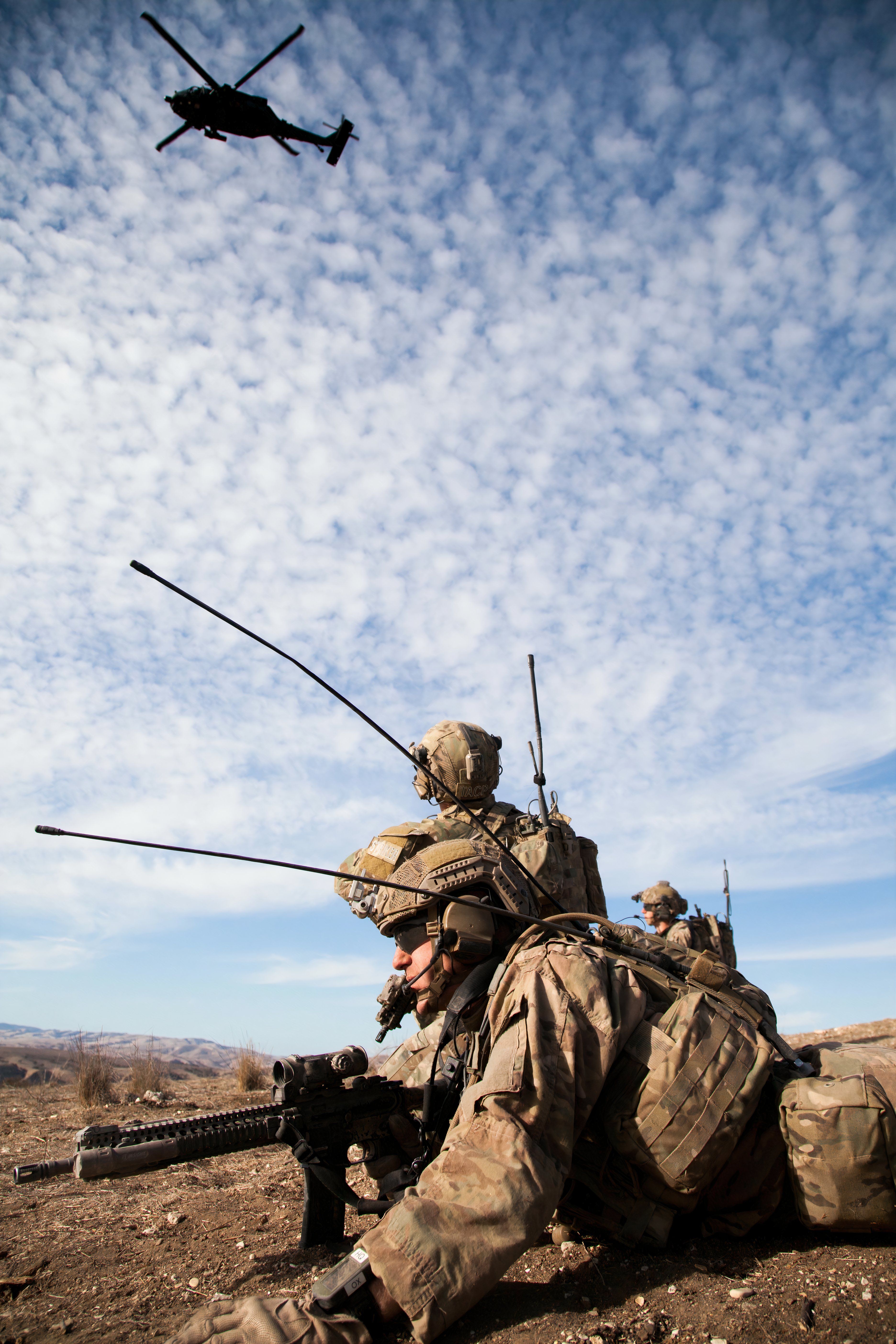
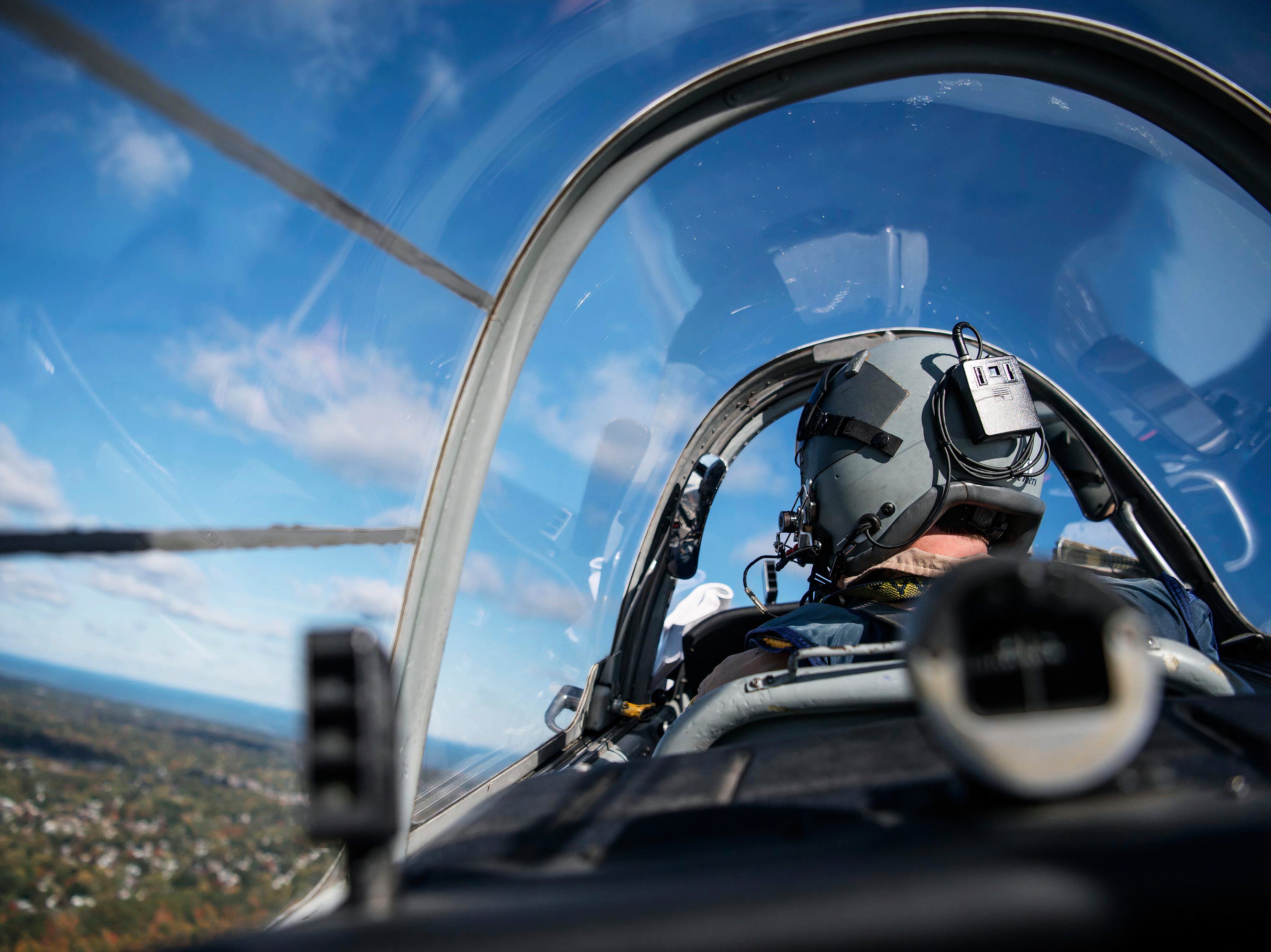
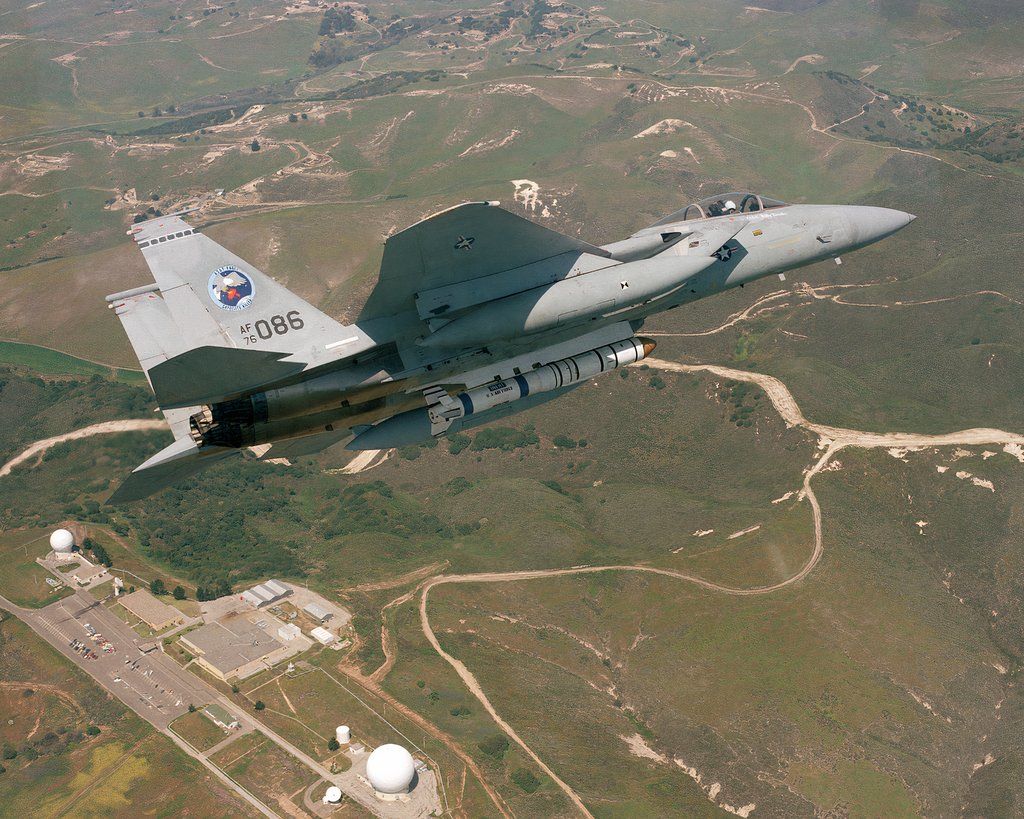
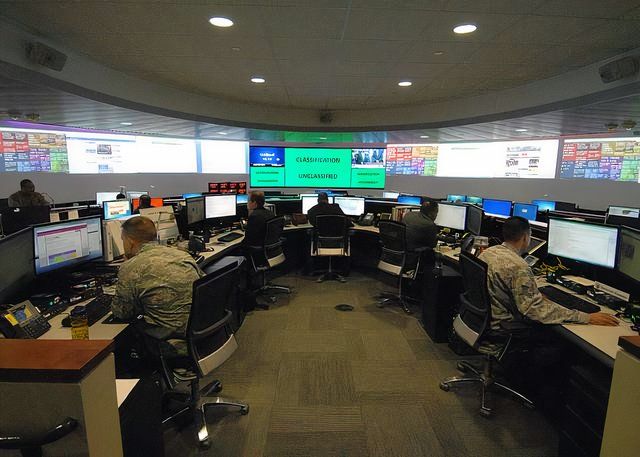
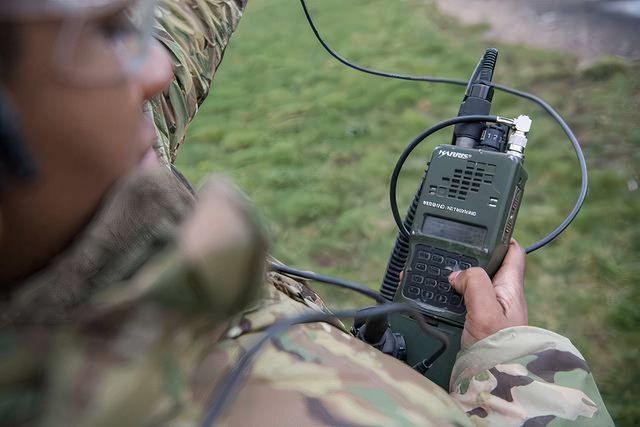
![7065287 - 16x9 - U.S. F-35s forward deploy to NATO's eastern flank [Image 2 of 3]](https://static1.simpleflyingimages.com/wordpress/wp-content/uploads/2024/09/7065287-16x9.jpg)
